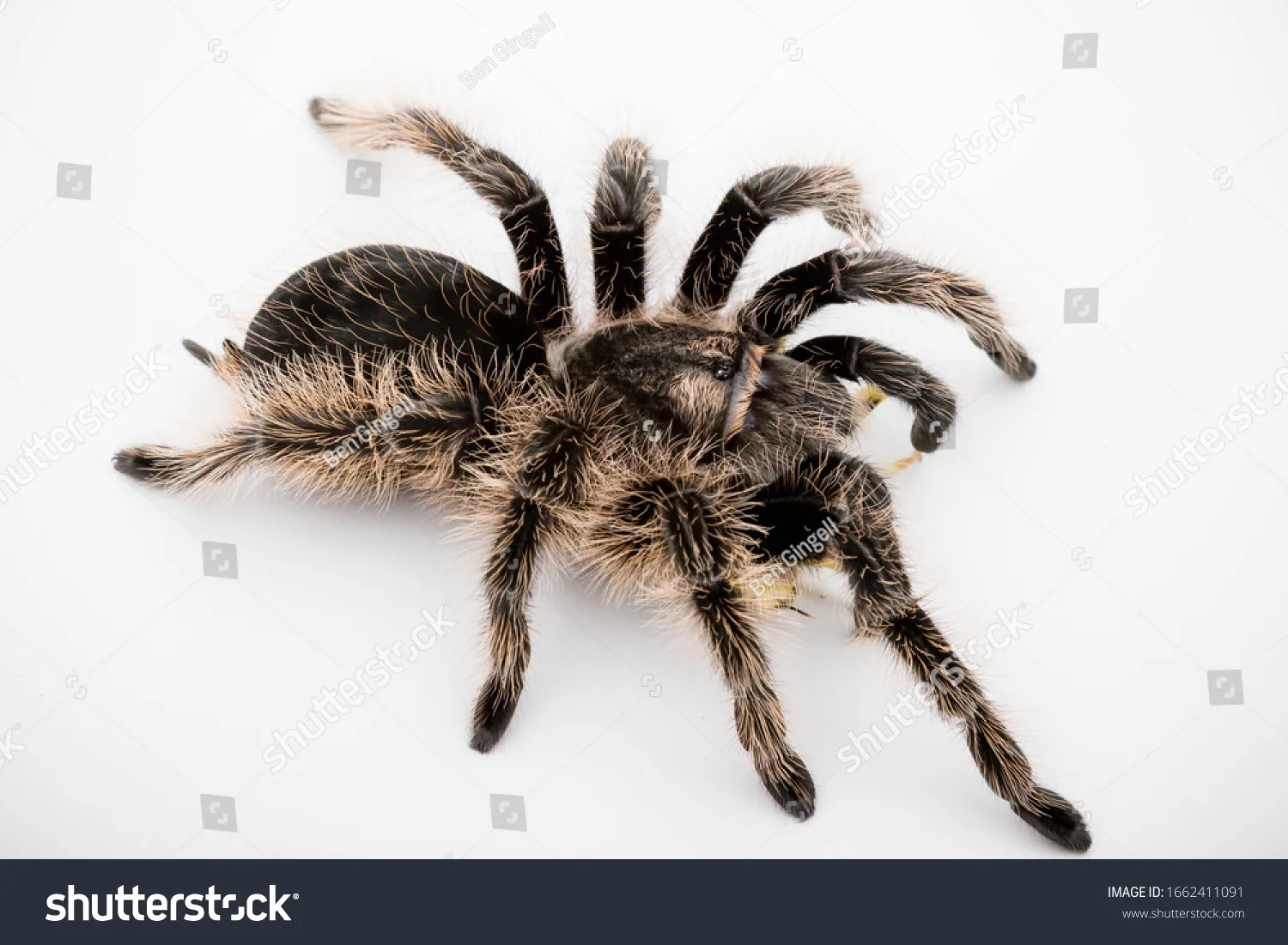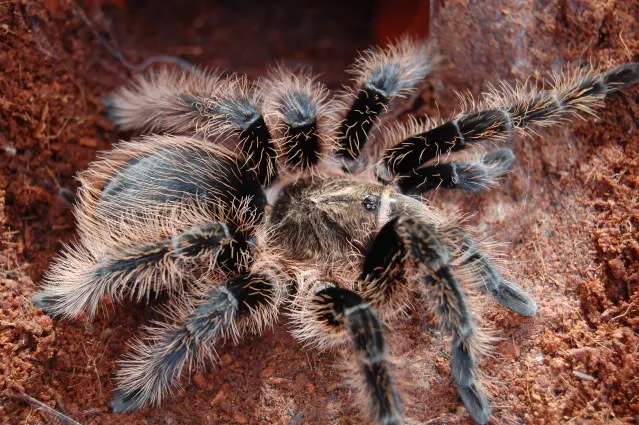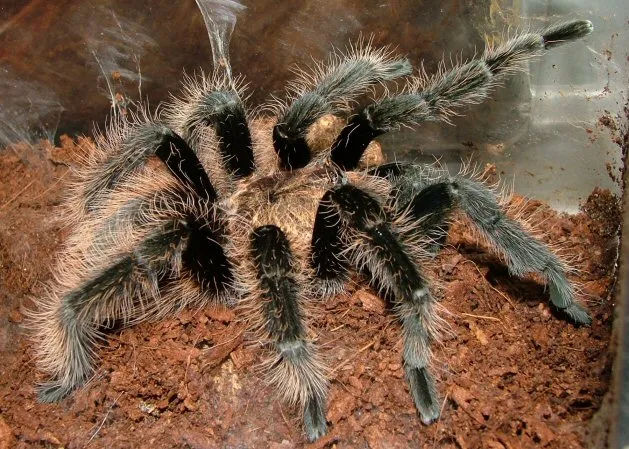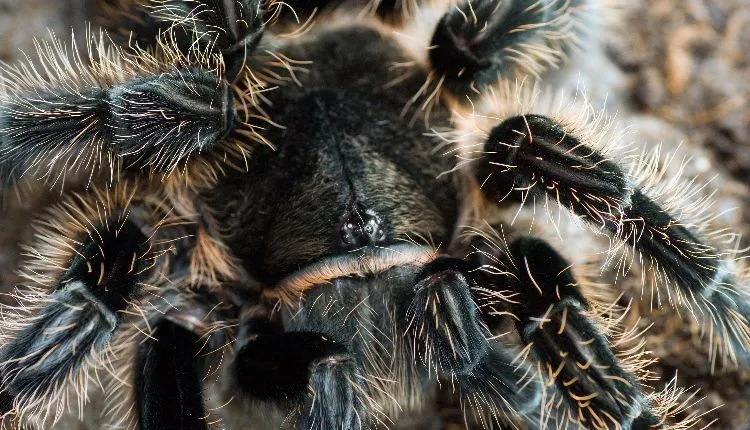Choosing the Right Enclosure for Your Curly Hair Tarantula
Choosing the right enclosure is the first and most crucial step in managing a curly hair tarantula. The enclosure provides their living space and significantly impacts their health, safety, and overall well-being. A well-designed enclosure mimics their natural habitat, ensuring the tarantula feels secure and comfortable. Factors to consider include size, material, ventilation, and humidity control. A poorly chosen enclosure can lead to stress, health issues, and even escape attempts. Setting up the ideal home ensures your tarantula thrives in a healthy environment, making your pet-keeping experience enjoyable and rewarding. It’s essential to prioritize their needs and well-being from the beginning.
Size and Material
The enclosure’s size depends on the tarantula’s size; a juvenile needs a smaller space compared to an adult. A general rule is that the enclosure should be at least twice the tarantula’s leg span in width and length, and tall enough to allow for substrate and some overhead space. Materials such as glass or clear plastic are preferable as they offer good visibility and are easy to clean. Ensure the enclosure has a secure lid to prevent escapes, as curly hair tarantulas are adept climbers. A well-sized and appropriately designed enclosure contributes to the tarantula’s overall well-being by providing enough space to move, explore, and feel safe, which reduces stress and promotes a longer, healthier life. Choose material that offers good insulation and maintains temperature.
Ventilation and Humidity

Proper ventilation is critical to prevent mold and maintain the quality of air inside the enclosure. Cross-ventilation, where air flows in and out, is ideal. Avoid enclosures with stagnant air, which can lead to respiratory issues in your tarantula. Humidity control is also essential. Curly hair tarantulas thrive in a moderate humidity environment. Too much humidity can cause mold growth and fungal infections, while too little can lead to dehydration and molting issues. Monitor the humidity levels regularly with a hygrometer, and adjust the ventilation and substrate moisture as needed to maintain the optimal environment. This balance helps keep your tarantula healthy and prevents the development of potential health problems.
Substrate Selection
The substrate serves as the bedding for your curly hair tarantula, providing a surface to walk on, burrow in, and regulate humidity. It also plays a role in the enclosure’s overall aesthetic appeal. The right substrate choice is crucial for the tarantula’s health and comfort. Factors to consider include its ability to retain moisture, its texture, and whether it is safe for the tarantula. Different substrates have varying properties, and selecting the best option will make a significant difference in the well-being of your pet, ensuring they have a comfortable and healthy living space, allowing them to thrive in captivity. The substrate can also provide enrichment and the opportunity for the tarantula to express natural behaviors.
Best Substrate Options
Popular and safe substrate options include a mix of coconut fiber (coir), peat moss, and a small amount of topsoil. These materials retain moisture well, allowing for humidity control. Avoid substrates with sharp edges or chemicals. The substrate should be deep enough to allow the tarantula to burrow if it chooses. The depth should be at least as deep as the tarantula’s leg span, but deeper is often better, providing more opportunities for natural behavior and a stable environment. The combination of these materials provides a naturalistic and functional base for your curly hair tarantula to live and thrive in, replicating the environment they’re naturally adapted to, and thereby reducing stress.
Maintaining Humidity Levels

Humidity is maintained by lightly misting the substrate with dechlorinated water, not directly spraying the tarantula. The frequency depends on the ventilation and the substrate’s ability to retain moisture. Proper humidity levels are essential for the tarantula’s molting process; insufficient humidity can lead to molting difficulties and health issues. A hygrometer is useful for monitoring humidity levels. Ensure the enclosure is not overly humid; this can lead to mold and fungal growth, which can be harmful to the tarantula’s health. Maintain a balance between humidity and ventilation to provide an ideal environment where the tarantula can thrive, helping them with essential processes such as molting and keeping them comfortable.
Feeding Your Curly Hair Tarantula
Feeding your curly hair tarantula the right diet is essential for their health and longevity. As carnivores, they require a diet of live insects. The frequency and size of meals depend on the tarantula’s age and size. Overfeeding should be avoided as it can lead to health problems, while underfeeding can cause stunted growth and nutritional deficiencies. The right feeding schedule and food choices will significantly impact your tarantula’s health and well-being. It’s important to understand their dietary needs and tailor a feeding plan that suits their needs, which promotes a healthy and thriving pet tarantula, contributing to a rewarding and satisfying pet-keeping experience.
Appropriate Prey Items
Suitable prey items include crickets, mealworms, and dubia roaches. These insects should be sourced from a reputable supplier and gut-loaded before feeding to provide optimal nutrition. Gut-loading involves feeding the insects nutritious food for at least 24 hours before offering them to your tarantula; this enhances the nutritional value of the prey. The insects should be appropriately sized; the general rule is that the prey should be no larger than the tarantula’s body. Avoid feeding wild-caught insects, which may carry pesticides or parasites. By providing a varied and nutritious diet, you support the overall health and vitality of your tarantula. Feeding nutritious, healthy insects is paramount.
Feeding Frequency and Size

Feeding frequency depends on the tarantula’s age. Spiderlings should be fed more frequently, such as every other day, while adults can be fed once or twice a week. Observe your tarantula’s behavior; if it is always hungry, increase the feeding frequency. Remove any uneaten prey items within 24 hours to prevent them from stressing the tarantula. The size of the prey item should be appropriate for the tarantula’s size, avoiding any items that are too large or too small. Adjusting the feeding schedule and prey size based on your tarantula’s needs ensures they receive the right amount of nutrients and remain in optimal health. Be mindful of the tarantula’s molting cycle and reduce feeding before and after molting.
Water and Hydration
Providing fresh, clean water is crucial for the health of your curly hair tarantula. Tarantulas, like all living creatures, need water to survive, and proper hydration supports essential bodily functions, including molting and digestion. A consistent supply of water ensures they stay healthy and active. This critical aspect of tarantula care can prevent dehydration, which can lead to significant health complications. Proper hydration contributes significantly to a tarantula’s overall well-being, ensuring it can thrive and live a long, healthy life. The provision of water should be a non-negotiable component of your care regimen, as it is central to the tarantula’s health.
Providing a Water Source
A shallow water dish is the most common and effective way to provide water. The dish should be shallow enough to prevent the tarantula from drowning. Use a sponge or small pebbles inside the dish to prevent the tarantula from falling in and struggling. Place the water dish in a safe area of the enclosure, away from heat sources. Alternatively, you can mist the enclosure lightly; the tarantula will drink the water droplets that form. Regularly check the water dish and refill it with fresh, dechlorinated water. A readily available water source guarantees your tarantula has access to the hydration it needs, keeping it healthy and active. Always ensure water is accessible, and the tarantula has the option to hydrate whenever needed.
Checking Water Quality

Use dechlorinated water, as chlorine can be harmful to tarantulas. Replace the water frequently to prevent the growth of bacteria and algae. Clean the water dish regularly with warm water and soap, ensuring all soap residue is removed before refilling. Observing the water dish for debris or signs of contamination is also essential. Clean and fresh water is essential to avoid health risks. The water source’s cleanliness helps prevent infections and ensures your tarantula remains healthy. Monitoring the water’s quality and replacing it frequently is integral to maintaining a healthy and thriving environment for your pet. Provide a safe and sanitary water source.
Handling and Interaction
While curly hair tarantulas are relatively docile, handling them should be avoided unless necessary. Tarantulas are fragile and can be easily injured if dropped. Their venom, although not lethal to humans, can cause an uncomfortable bite. Prioritizing the safety and well-being of your tarantula is vital, and minimizing handling is one of the best ways to achieve this. Understanding the tarantula’s temperament and the potential risks associated with handling is crucial for responsible pet ownership. Avoid handling whenever possible, and provide a safe environment for them to thrive, fostering a stress-free environment that promotes their health and happiness. Remember, these creatures are best appreciated from a safe distance.
Why to Avoid Handling
Tarantulas can become stressed and defensive when handled, which may lead to bites. Even a minor fall can result in serious injury or death. Their bodies are delicate, and mishandling can cause significant damage. Additionally, the oils and chemicals on human skin can be harmful to them. Handling, therefore, should only be considered in unavoidable situations, such as a vet visit. Always prioritize the tarantula’s well-being and avoid unnecessary stress and potential harm. It is always better to admire these fascinating creatures from afar, preserving their safety and health. Handling increases the chances of accidental injury and stresses them, it should be avoided unless essential for their health.
Safe Observation

Observe your curly hair tarantula in its enclosure. This lets you learn about its behavior and appreciate its beauty without risk of harm. Observe your pet from a safe distance; use a magnifying glass to examine them more closely. Maintain a calm and quiet environment when observing, as loud noises or sudden movements can frighten the tarantula. Take the opportunity to learn about your pet’s natural behaviors. Enjoy the fascinating experience of observing your curly hair tarantula’s activities and habits, creating a bond based on respect and care. Careful observation helps you detect changes in behavior, which could indicate health issues, allowing you to take necessary actions to ensure your pet thrives.
